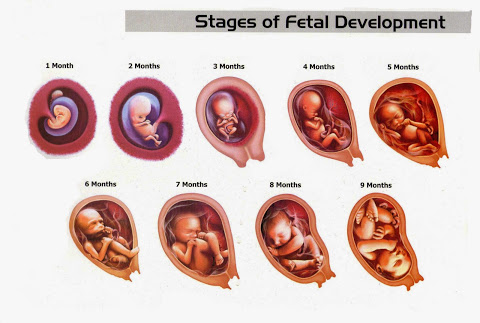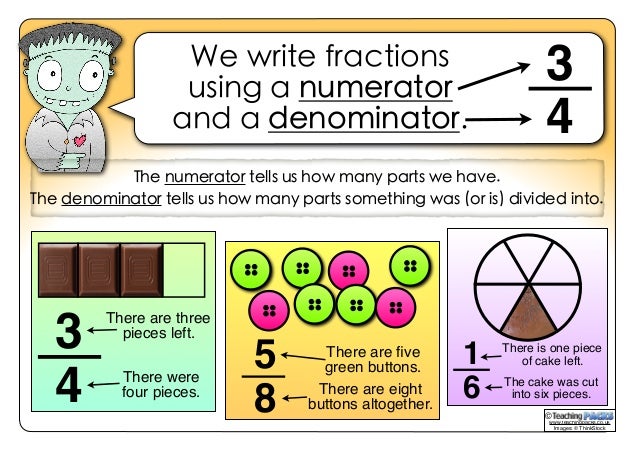Today we talked about how life begins. We discussed the two life-giving cells, sperm and eggs. The moment of conception is the moment that the genetic information from the sperm is united with the genetic information from the egg. Together they make one human being.

We also talked about fetal development, how you grew inside your mother's uterus. At two months old you were only the size of your thumb!

Do you remember the roles of the amniotic sac, placenta and umbilical cord?
As well, we touched on inherited traits. Here's an interesting article:
Biology for Kids
Genetics
What is genetics? Genetics is the study of genes and heredity. It studies how living organisms, including people, inherit traits from their parents. Genetics is generally considered part of the science of biology. Scientists who study genetics are called geneticists.
What are genes?
Genes are the basic units of heredity. They consist of DNA and are part of a larger structure called the chromosome. Genes carry information that determine what characteristics are inherited from an organism's parents. They determine traits such as the color of your hair, how tall you are, and the color of your eyes.
What are chromosomes?
Chromosomes are tiny structures inside cells made from DNA and protein. The information inside chromosomes acts like a recipe that tells cells how to function. Humans have 23 pairs of chromosomes for a total of 46 chromosomes in each cell. Other plants and animals have different numbers of chromosomes. For example, a garden pea has 14 chromosomes and an elephant has 56.
What is DNA?
The actual instructions inside the chromosome is stored in a long molecule called DNA. DNA stands for deoxyribonucleic acid.
Interesting Facts about Genetics
- Two humans typically share around 99.9% of the same genetic material. It's the 0.1% of the material that makes them different.
- The structure of the DNA molecule was discovered by the scientists Francis Crick and James Watson.
- Humans share about 90% of genetic material with mice and 98% with chimpanzees.
- Nearly every cell in the human body contains a complete copy of the human genome.
- We get 23 chromosomes from our mother and 23 from our father.
- Some diseases are inherited through genes.
- Doctors may be able to cure diseases in the future by replacing bad DNA with good DNA using a process called gene therapy.
- DNA is a really long molecule and there are lots of DNA molecules in the human body. If you unraveled all the DNA molecules in your body, they would reach to the Sun and back several times.
- Some inherited traits are determined by multiple different genes.
- DNA molecules have a specific shape called a double helix.
Math
Today we talked about fractions of a part and fractions of a set. Most students understood this quite well.

Class Trip TOMORROW! Please review the information on the note sent home today. See yesterday's post for last minute details as well. Get everything ready BEFORE you go to bed. Be at the school at 6:15 am. We are leaving at 6:30 sharp.
No comments:
Post a Comment
Note: only a member of this blog may post a comment.